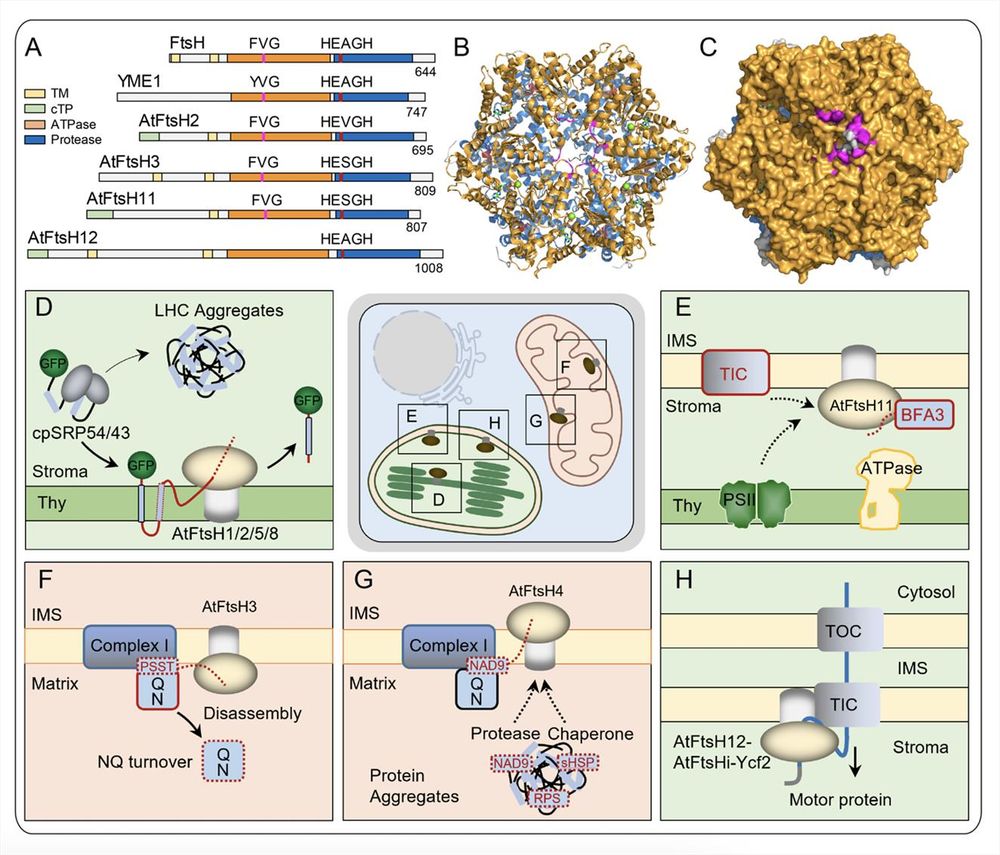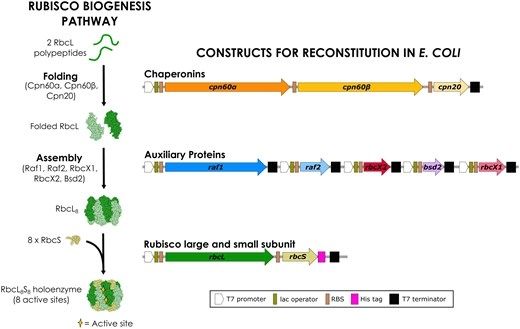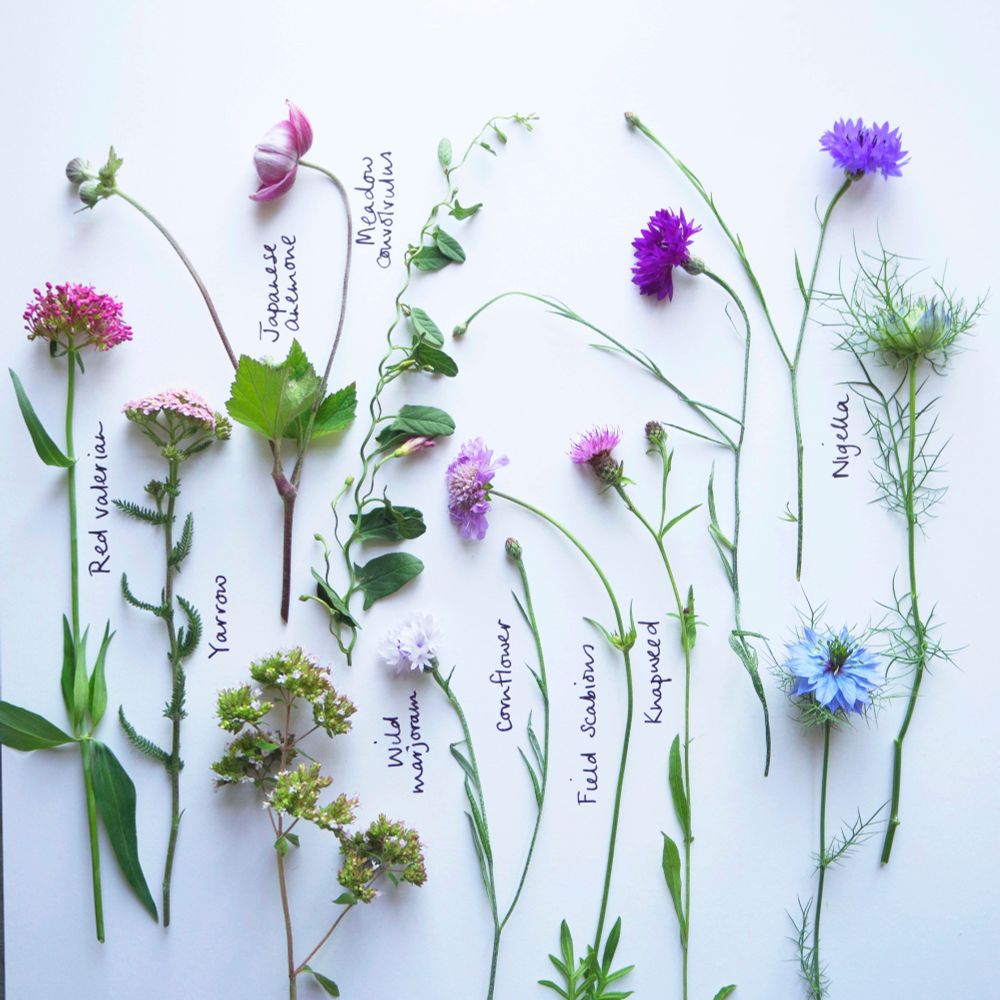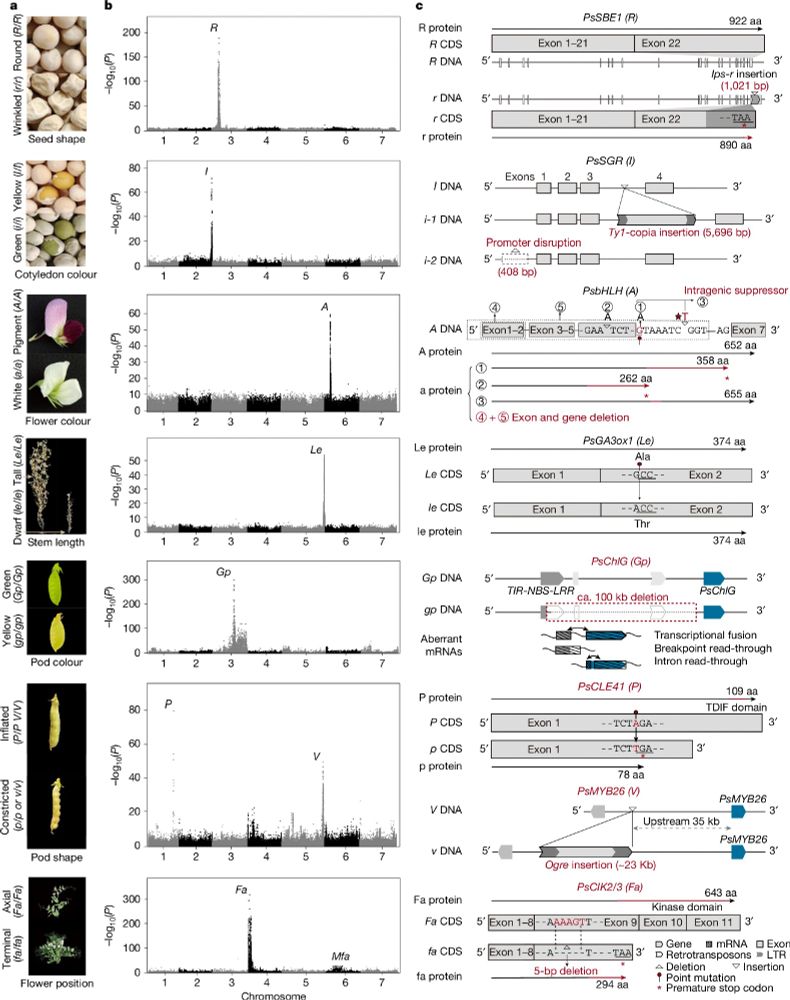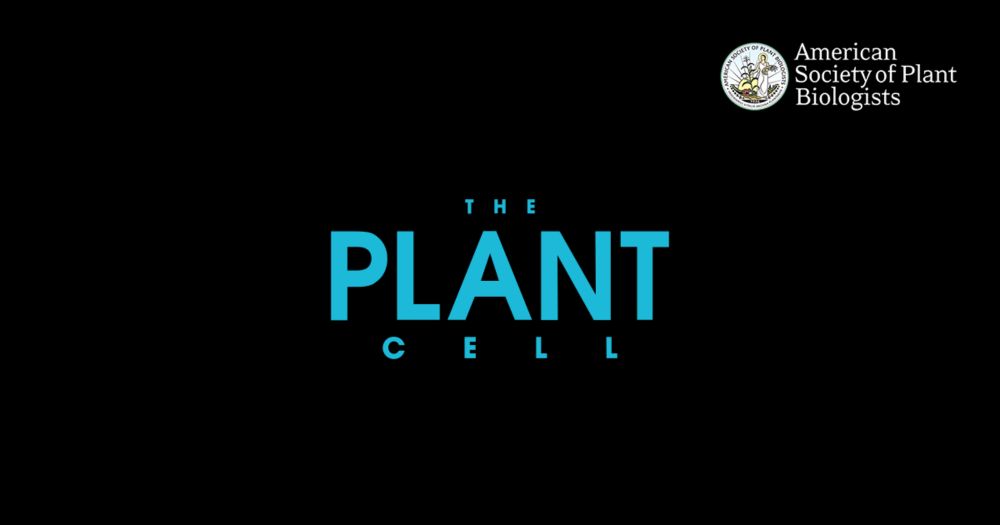MolPlantSci
@molplantsci.bsky.social
360 followers
400 following
2 posts
Section of Plant Physiology and Molecular Biology of the German Society for Plant Sciences (DBG)
Posts
Media
Videos
Starter Packs
Reposted by MolPlantSci
Reposted by MolPlantSci
Reposted by MolPlantSci
Reposted by MolPlantSci
Reposted by MolPlantSci
Reposted by MolPlantSci
Reposted by MolPlantSci
Reposted by MolPlantSci
GeminiTeamLab
@geminiteamlab.bsky.social
· May 27
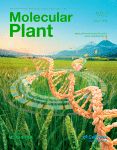
A plant virus causes symptoms through the deployment of a host-mimicking protein domain to attract the insect vector
Plant viruses cause symptoms with devastating consequences for agriculture. However, the molecular mechanisms underlying symptom development in viral …
www.sciencedirect.com
Reposted by MolPlantSci
Reposted by MolPlantSci
Reposted by MolPlantSci
Reposted by MolPlantSci
Reposted by MolPlantSci
Reposted by MolPlantSci
Fyodor Urnov
@urnov.bsky.social
· Apr 26

Genomic and genetic insights into Mendel’s pea genes - Nature
Characterization of the genetic architecture underlying the 7 pairs of contrasting traits studied by Mendel and the over 70 additional agronomic traits in pea (Pisum sativum) reveals their m...
www.nature.com
Reposted by MolPlantSci
Gitta Coaker
@gittacoaker.bsky.social
· Apr 27
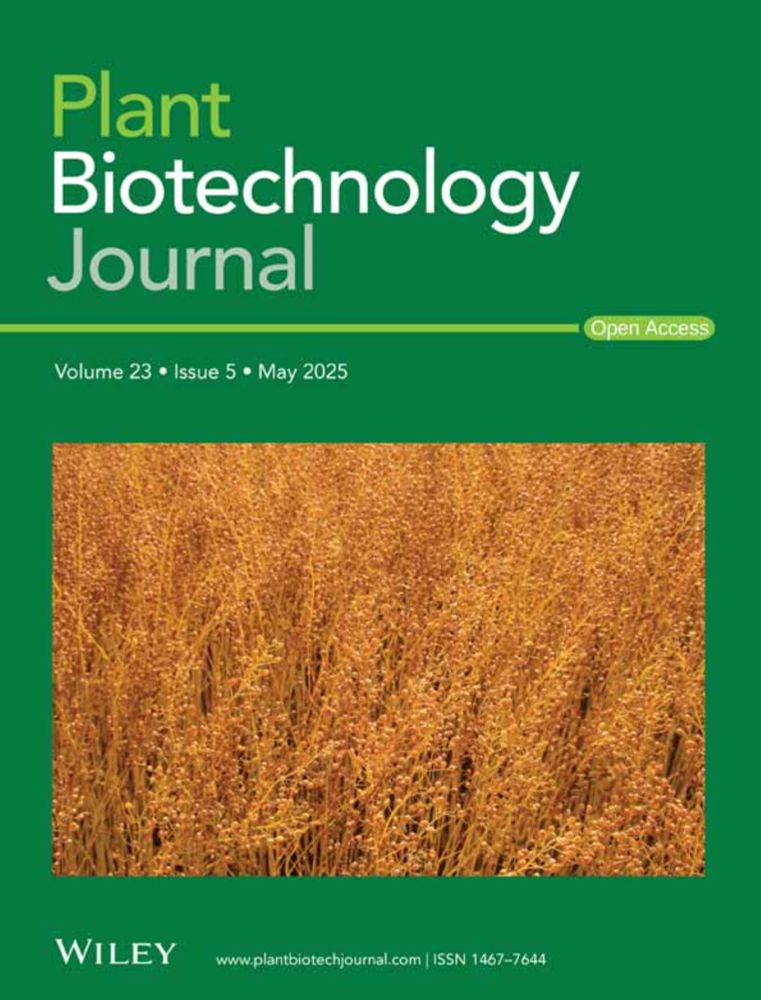
Rhizobium rhizogenes A4‐derived strains mediate hyper‐efficient transient gene expression in Nicotiana benthamiana and other solanaceous plants
Agroinfiltration, a method utilizing agrobacteria to transfer DNA into plant cells, is widely used for transient gene expression in plants. Besides the commonly used Agrobacterium strains, Rhizobium ...
onlinelibrary.wiley.com
Reposted by MolPlantSci
Reposted by MolPlantSci
Reposted by MolPlantSci
Reposted by MolPlantSci
Reposted by MolPlantSci
Reposted by MolPlantSci

